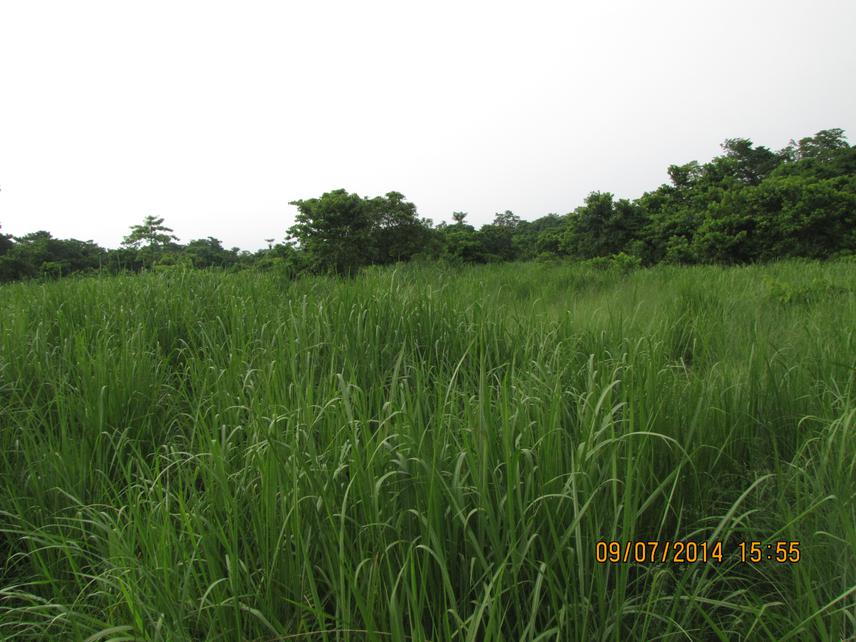Bijaya Neupane
Other projects
18 Jan 2023
The Price of Conservation Success: Spatio-Temporal Patterns of Human-Wildlife Conflict Incidents and Landscape Determinants of Livestock Depredation in Buffer Zones of Terai Nepal
Explore the detail information on nature and extent of HEC and develop mitigation measures for sustainable human-elephant coexistence in the study area

Elephant habitat.
Wild elephants (Endangered-IUCN red list, Annex I- CITES, Protected- Government of Nepal) are recognized as mega-fauna of all terrestrial existing animals and play significant role of keystone species in the ecosystem where they inhabit (Perera, 2009). Among 4 isolated sub-populations of resident wild Asian elephants in Nepal, eastern population constitutes roughly about 15 individuals (Ram, 2014). Past records have clearly mentioned that these resident elephants have been found moving frequently around different VDCs and Municipalities of Jhapa district, thereby resulting in Human Elephant Conflicts (HEC). On the international boundary in northeastern part of Jhapa, 17 km solar-powered offshoot fence has been installed in 2015 (MFSC, 2015). This measure can be taken successful to some extent in reducing cases of HEC due to trans-boundary herds that come from India. However, reports of incidents of HEC due to resident elephants still exist in and around settlements of Jhapa specifically around Jalthal forest that still remains a great challenge. In this context, this project aims to focus on situation of HEC and develop mitigation measures for human elephant coexistence.
The study covers Jalthal forest and its surrounding VDCs and Municipalities. It is one of the major habitats of resident wild elephants. This study is intended to provide information on human casualty (death and injury), crop and property loss and revenges to elephants due to HEC. Based on the intensity of incidences, prominent pockets of conflicts will be recorded and mapped using GIS, which will be helpful to plan appropriate action in order to minimize HEC and assure coexistence of human and elephants. Community outreach activities will be organized as instant action in order to disseminate mitigation options in affected VDCs and Municipalities. The final output sharing VDC level workshop will also be conducted followed by the community outreach activities. It is expected that the outputs of this project will be beneficial in managing the HEC issues in other areas having similar ecological and socio-economic settings of Nepal.